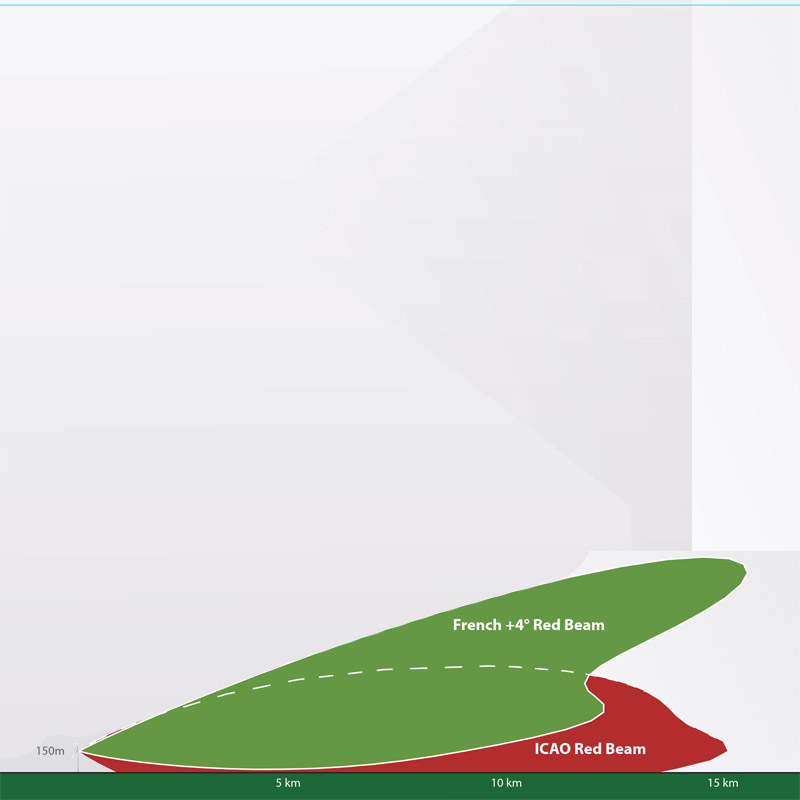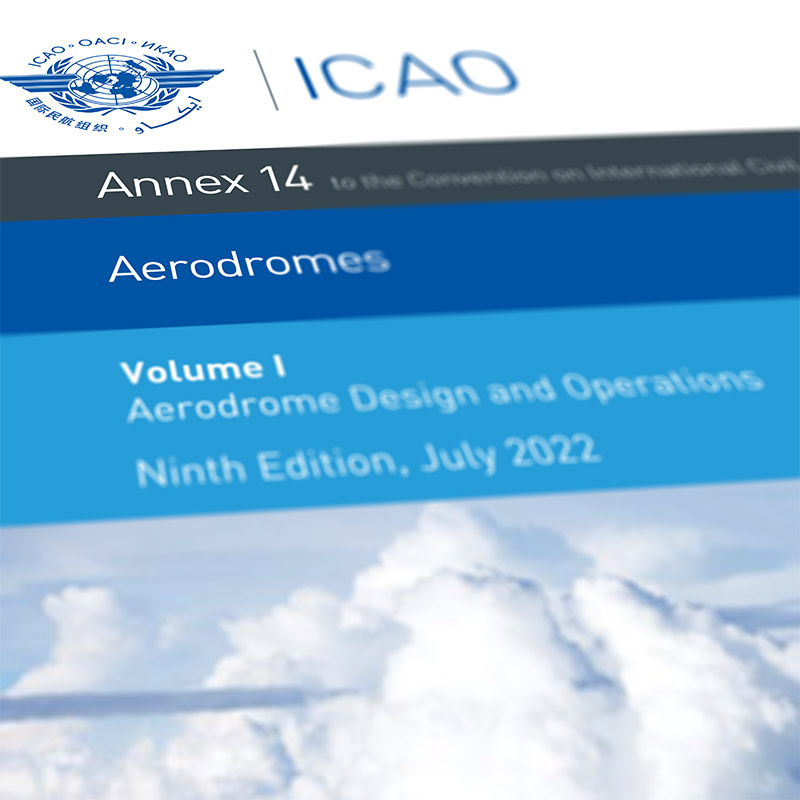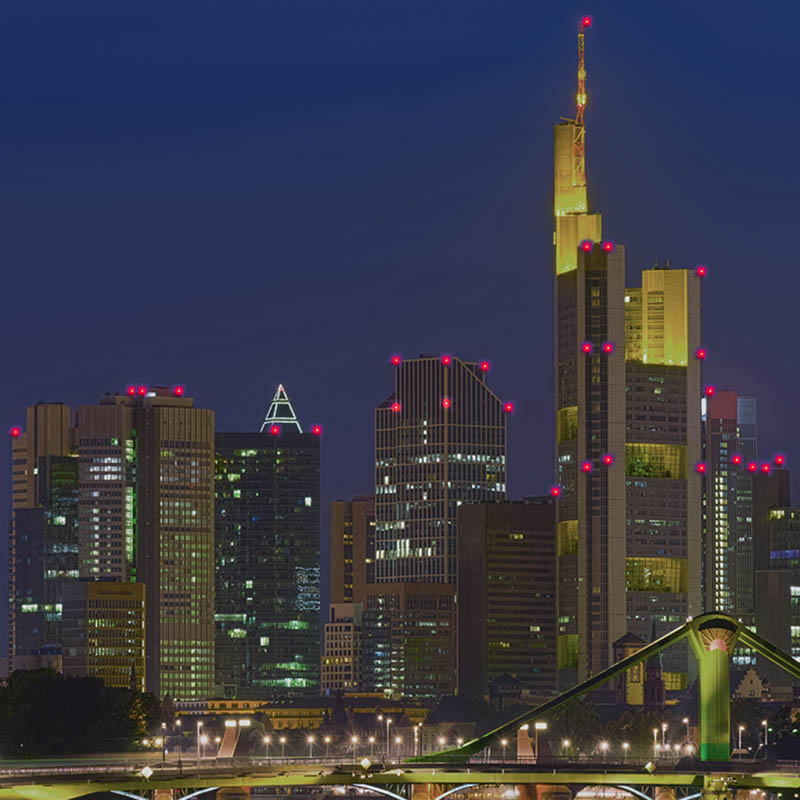-

2025-05-15
Modified Obstacle Lights for Windenergy in France
-

2025-05-20
German administrative regulation on the marking of aeronautical obstacles dated 24 April 2020
-
2025-05-27
Obstacle lighting in Germany – comprehensive guide
-

2025-05-27
National regulations for the lighting of aviation obstacles 2025
-

2025-05-13
International Wording and Regulations for Obstacle Lights
-

2025-05-28
Aviation Marking of Cranes
-

2025-05-04
Obstacle Lighting in Germany
